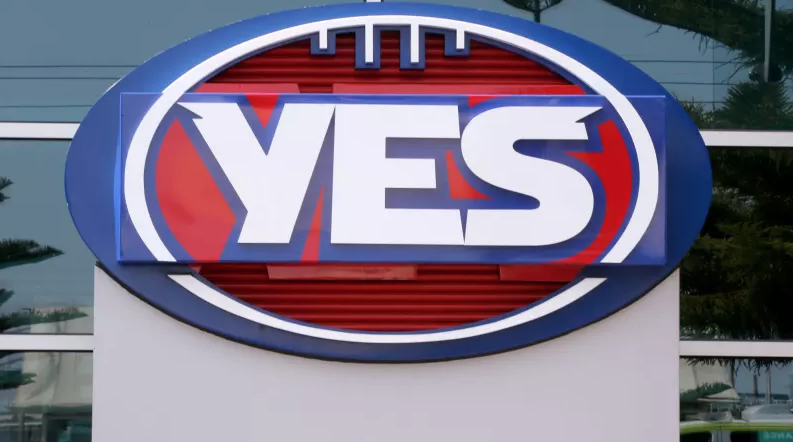Australian brands have gone political, but it’s time to step outside the ‘Zone of Acceptability’
While brands taking a political stance might seem like an authentic way to connect to their customers, when everyone starts to do it, the ‘progressive’ moniker starts to lose its sheen. The solution? Take things a step outside the ‘Zone of Acceptability’, writes DPR&Co founder Richard Ralphsmith.
2017 was the year that the politicisation of brands went mainstream in Australia.
Qantas, Meat and Livestock Australia, the AFL, ANZ and many more brands invested heavily in political messages. Their positions invariably complied with an orthodox progressive agenda. This agenda enforces a “Zone of Acceptability” on the brands that wish to play. Within it, brands can take up any hot-button issue – gender equality, marriage, Australia Day and so on – so long as they signal their progressive credentials.
Firmly within the Zone of Acceptability, Qantas led the corporate drive in support of same-sex marriage. ANZ Bank lent its support with long-running GAYNZ campaign, while the AFL changed the logo at its headquarters to a prominent “YES”. These were the most visible of over 800 Australian brands that supported Australian Marriage Equality.



As Gollum would say “too risky, too risky!”
There are probably three things to remember:
1. A huge part of the population isn’t progressive. Conservatives by nature are less “loud” than progressives. But this doesn’t mean they don’t exist and don’t notice what brands are doing.
2. Progressive politics carries a risk of “over reach” and backlash. See the popularity of Professor Peterson in response to the overreach of trying to actually control what language is legal.
3. Progressives boycott. Conservatives just change brand.
Progressives tend to organise large boycotts, but because many progressives have less spending power their “boycotting” is just the same behaviour as it was before the boycott is announced (not spending any money).
Conservatives on the other hand don’t make an organised campaign, they simply start shopping somewhere else. This is where the “silent majority” idea comes in. When people don’t like what your brand is about, they don’t necessarily tell you. They just go to your competitors.